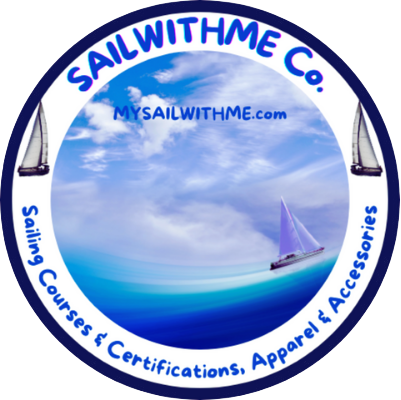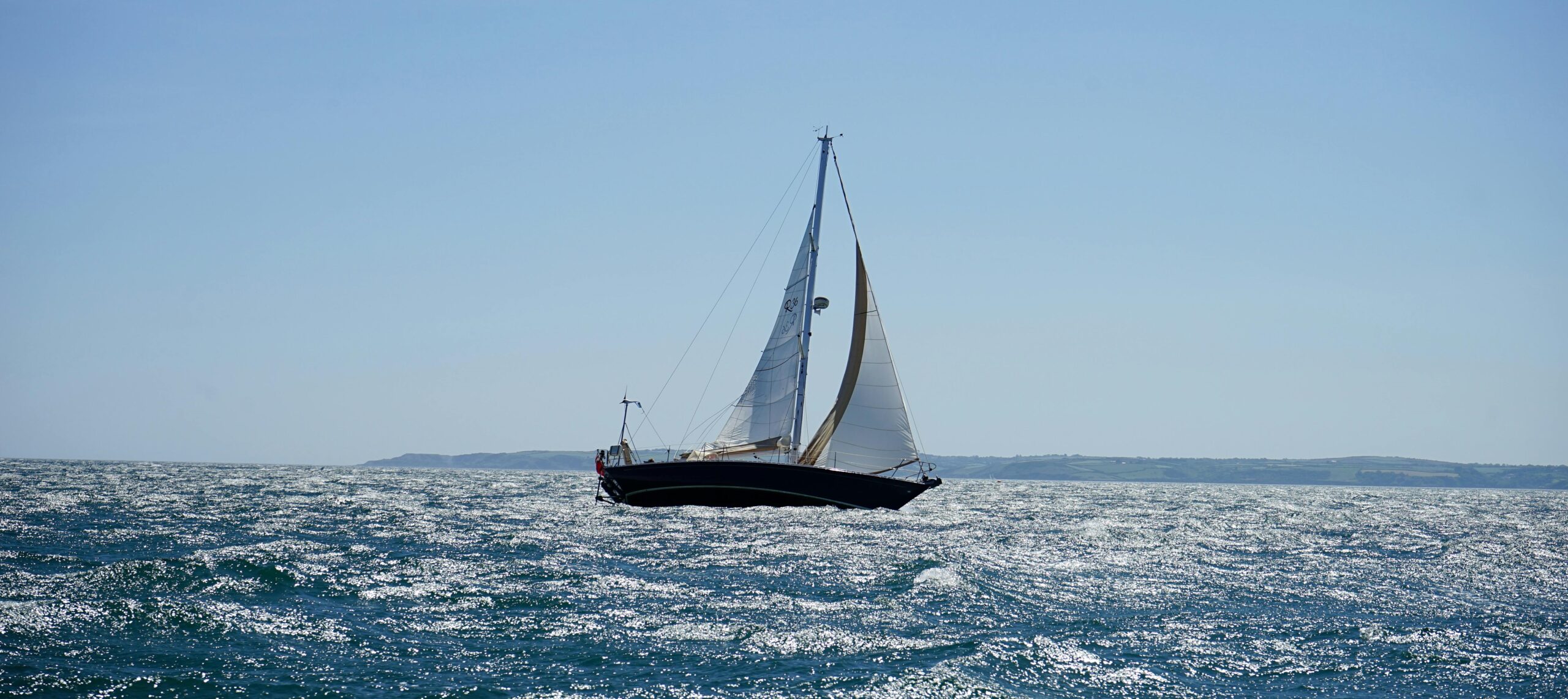
For countless individuals, sailing isn’t just a hobby—it’s a passion that combines skill, adventure, and the freedom of the open seas. If you’ve been curious about taking up sailing, you’re in for an exhilarating experience.
What is Sailing?
Sailing is the act of using wind to propel a boat across water. It’s a timeless activity that has been used for transportation, exploration, and recreation for centuries. Modern sailing can range from leisurely cruises on a lake to competitive yacht racing on the open ocean. Sailing is an exhilarating sport that offers a unique blend of adventure, skill, and a deep connection with nature.
Sailing offers numerous benefits, including:
Stress Relief: Being on the water has a calming effect and can be a great way to unwind.
Physical Fitness: Sailing can be a great workout, engaging your core, arms, and legs.
Mental Stimulation: Navigating and managing a sailboat requires strategic thinking and problem-solving.
Social Connections: Sailing is often a team activity, fostering strong bonds and teamwork.
Safety should always be your number one priority. Before you ever set foot on a boat, you should be familiar with basic safety protocols. Read NauticEd Navigation Rules: Rules for Prevention of Collision at Sea by Capt. Grant R Headifen and focus on the essentials like wearing a life jacket, understanding distress signals, and knowing whom to contact in case of an emergency.
Setting Sail: Preparing Your Maiden Voyage
When it comes to picking your first vessel, for beginners, small dinghies or keelboats are often recommended due to their size and relative simplicity. They’re manageable and responsive, giving you a great feel for the way a boat moves with the wind. They are easier to handle and provide a good foundation for learning the basics of sailing.
Sailboats come in various shapes and sizes, each designed for specific purposes. Here are a few common types:
Dinghies: Small, lightweight boats, often used for training and short recreational sails.
Keelboats: Larger boats with a fixed keel, providing stability and used for longer voyages.
Catamarans: Boats with two parallel hulls, known for speed and stability.

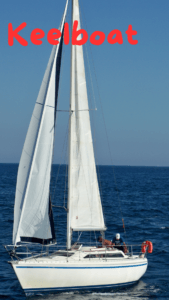
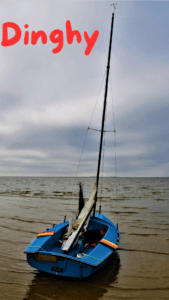
To get a complete understanding of different types of sailing boats, don’t forget to check out our detailed guide. Follow the link to read the full article here.
Besides life jackets – non-negotiable for safety – you’ll want clothing that keeps you dry and warm. Equipping your sailboat with the right gear is important for safety and performance. Here are the essentials:
Life Jackets: Always wear a life jacket or personal flotation device (PFD) while on the water.
Harnesses: Useful for securing yourself to the boat in rough conditions.
First Aid Kit: A well-stocked first aid kit is essential for handling minor injuries on board.
Rigging your boat can feel challenging initially, but it gets easier. You’ll need to know how to attach the sails to the boat and set up the lines and rigging. The main components are the mast, boom, jib, and main sails. Ensure all knots are secure and the sails are clear of entanglement.
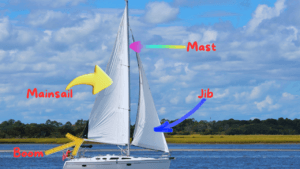
After these preparations, you’ll be eager to start sailing. In the next section, ‘Navigating the Waters: Essential Sailing Techniques,’ I’ll guide you through the skills of steering, understanding the points of sail, and trimming your sails to capture the wind effectively. It’s these techniques that will turn your preparation into progress out on the water.
Navigating the Waters: Essential Sailing Techniques
Mastering the basics of sailing doesn’t just happen overnight. It’s a gradual process filled with learning and hands-on practice. In my experience, knowing a few key sailing techniques can make all the difference. Let’s get into precisely what you need to know to confidently navigate the waters.
First up is steering and boat control. Assuming you’ve got the hang of operating the rudder or tiller, remember that gentle movements are the way to go. Jerky, sudden turns can unsettle the boat and your passengers. Gradual adjustments help maintain balance and direction, especially when you’re just getting used to how your boat responds.
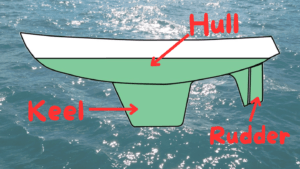
Understanding points of sail is crucial. Simply put, these are the angles you sail in relation to the wind. You’re going to find out about beating, reaching, and running, and how each affects your speed and trajectory. For instance, ‘beating‘ means you’re sailing upwind, which can be challenging but also teaches you a lot about sail trim and boat handling. You will find more about points of sail here.
Speaking of sail trim, that’s where your sailing can really shine. It’s the process of adjusting the sails to maximize efficiency. Make sure you’re not letting the sails flap like loose flags. Instead, you should be shaping them just right to capture the wind, much like a wing generates lift for an airplane. It’s a journey, and each time you head out, you’ll pick up something new. And speaking of new things, in the next section, you’ll gain practical tips to aid your learning curve and help avoid those rookie mistakes we all make.
Practical Tips for New Sailors
Sailing is also about becoming intuitive with your environment and understanding the finer nuances of handling a sailboat. Reading the water is an essential skill. Look for signs of changing currents, wind patterns, and underwater obstacles to avoid getting caught off guard.
Effective communication is necessary, especially if you’re part of a crew. It’s important to learn the common sailing commands and signals. This ensures that everyone on board understands each other, preventing confusion and potential accidents. After the thrills of the day, don’t forget the importance of sailboat maintenance. A quick but thorough clean-up and check for any damage or wear after each sail can save you from headaches down the road.
Don’t make the slip-up of skipping your pre-sail checklist. It’s the cornerstone of sailing safety. Ignoring it is like sailing into a storm without a raincoat – not a pleasant experience. I cover more about mistakes to avoid when learning to sail here.
There’s a lot of opportunity in every mistake as a learning experience. Let that sink in. Embrace the errors, learn from them, and watch how you become a more confident sailor with each trip. Happy Sailing!
